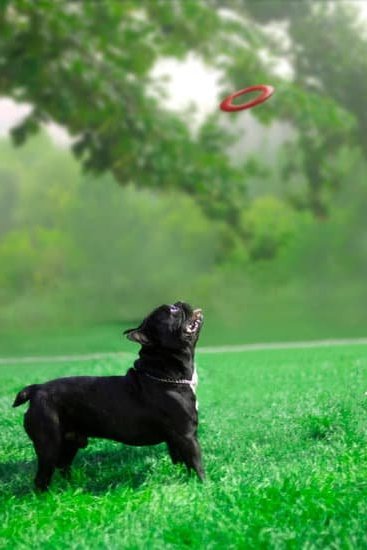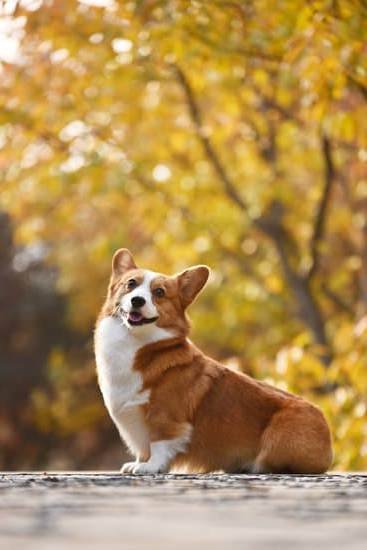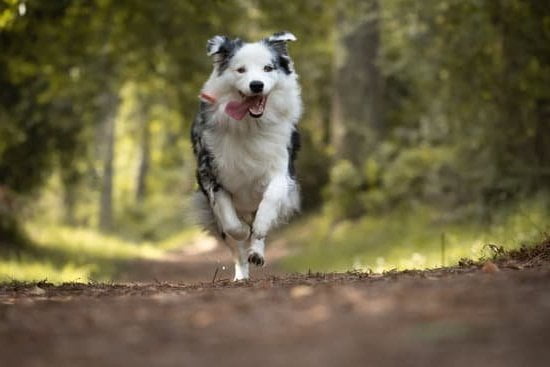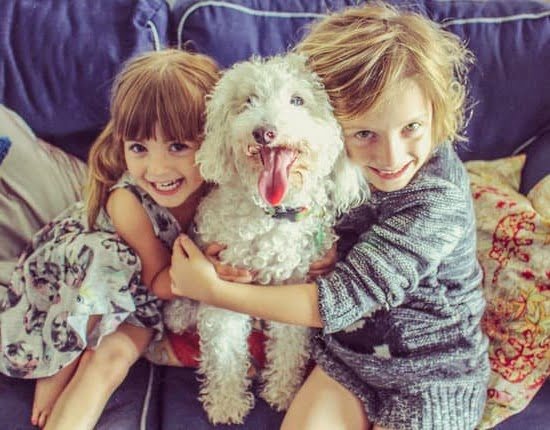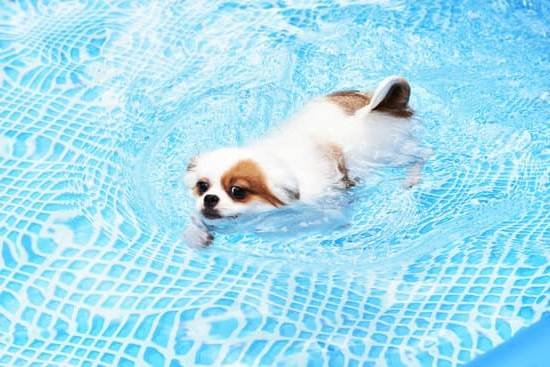Potty training a dog can be both rewarding and challenging. Many pet owners often wonder, “how long does potty training a dog take?” Potty training is an essential aspect of dog ownership as it helps maintain cleanliness in the home and creates a harmonious environment between the pet and its owner. This article will delve into the process of potty training for dogs, the factors affecting its duration, and tips to speed up the process.
Potty training for dogs is a crucial part of their development and behavior. It involves teaching your dog where and when to relieve themselves in an appropriate manner. A successfully potty-trained dog not only leads to a clean household but also strengthens the bond between the owner and the pet. Understanding the importance of potty training sets the foundation for a positive experience for both you and your furry friend.
There are various factors that can affect how long potty training a dog takes, such as breed, age, consistency in training, and health conditions. Setting realistic expectations for potty training success is important as it helps manage frustrations that may arise during the process.
With patience and dedication, successful potty training is achievable even though each dog’s learning pace may vary. In this article, we will explore these factors in depth to help guide you through this journey with your four-legged companion.
The Basics
Potty training a dog is the process of teaching your furry friend where and when it is appropriate to relieve themselves. This training not only helps to maintain a clean and sanitary living environment, but it also establishes a routine that can contribute to a dog’s overall well-being. Potty training is an essential aspect of responsible pet ownership, and it is a valuable skill that will benefit both the dog and its owner.
The duration of potty training for dogs can vary depending on several factors, including the dog’s age, breed, and previous experiences with potty training. While some dogs may catch on quickly and become fully potty trained within a few weeks, others may require more time and patience before they consistently understand the concept. Generally, most dogs can be fully potty trained within 4-6 months with consistent effort and positive reinforcement.
One important factor in the duration of potty training is the owner’s commitment to consistency and routine. Dogs thrive on predictability, so establishing a consistent schedule for feeding, outdoor breaks, and bathroom trips will greatly aid in the potty training process. Additionally, understanding your dog’s individual needs and learning their unique signals for needing to go outside can also help expedite the training process.
| Factor | Duration |
|---|---|
| Dog’s age | Younger dogs typically take longer to train |
| Previous experiences with potty training | Dogs with negative experiences may take longer to re-train |
| Consistency and routine | Establishing a regular schedule expedites the process |
Factors Affecting the Duration of Potty Training
Potty training a dog is an essential part of being a responsible pet owner. However, the duration of this training process can vary depending on several factors. One of the key factors that affect how long it takes to potty train a dog is the age of the dog. Generally, younger dogs have a shorter attention span and may take longer to grasp the concept of potty training compared to older dogs.
Another important factor is the consistency and dedication of the owner. If the owner is consistent in their approach to potty training and maintains a regular schedule, it can significantly speed up the process. On the other hand, inconsistency or constantly changing the rules can confuse the dog and prolong the training period.
The breed and size of the dog can also play a role in determining how long it takes to potty train them. Smaller breeds may need more frequent bathroom breaks due to their smaller bladders, while larger breeds may be able to hold it for longer periods. Additionally, certain breeds may be more stubborn or independent, making them more challenging to potty train.
| Factor | Effect on Potty Training Duration |
|---|---|
| Age of Dog | Younger dogs may take longer to grasp the concept |
| Consistency and Dedication | Owner’s consistency can speed up or prolong the process |
| Breed and Size | Small breeds may need more frequent bathroom breaks while larger breeds may hold it for longer periods. |
Understanding these factors can help owners set realistic expectations for their dog’s potty training journey. It’s important to remember that every dog is unique, so patience and persistence are key when it comes to successfully potty training a furry friend.
Setting Realistic Expectations for Potty Training Success
Potty training a dog is an essential part of being a responsible pet owner. While it may not be the most glamorous aspect of having a canine companion, it is necessary for maintaining a clean and happy home environment. Setting realistic expectations for potty training success is crucial in ensuring that both you and your furry friend have a positive experience throughout the process.
There are several factors that can affect the duration of potty training for dogs, including their breed, age, and individual personality. Some breeds may pick up on the concept more quickly than others, while older dogs may take longer to break old habits. Additionally, a dog’s environment and routine play a significant role in how long it takes to potty train them.
To set realistic expectations for potty training success, it is important to understand that every dog is unique and will progress at their own pace. Patience and consistency are key components of successful potty training, and it’s essential to be prepared for setbacks along the way. By recognizing that accidents will happen and remaining dedicated to the process, you can help your dog achieve potty training success in due time.
- Be patient and remain consistent with your training methods
- Keep track of your dog’s progress with a Potty Training Log
- Understand that setbacks are normal and part of the process
Ultimately, setting realistic expectations for potty training success means understanding that there is no one-size-fits-all timeline for every dog. By being patient, persistent, and adaptable to your dog’s needs, you can help them become fully potty trained in a manner that works best for both of you.
The Step-by-Step Process of Potty Training a Dog
Potty training a dog is an essential process that requires time, patience, and consistency. The step-by-step process of potty training a dog involves several key elements to ensure success. The first step is to establish a routine for your dog.
Dogs thrive on routine, so it’s important to take your dog outside at the same times each day, such as after meals, first thing in the morning, and before bedtime. This consistency will help your dog understand when it’s time to go potty.
The next step is to choose a designated potty area for your dog. Whether it’s a specific spot in the yard or a pee pad indoors, having a designated area will help your dog understand where they should go potty. When you take your dog to this area, use a command such as “go potty” to associate the action with the location.
Positive reinforcement plays a crucial role in the potty training process. Whenever your dog successfully goes potty in the designated area, be sure to reward them with treats and praise. This positive reinforcement will help reinforce good behavior and motivate your dog to continue using the designated area for potty breaks. Consistency, routine, and positive reinforcement are key elements of the step-by-step process of potty training a dog.
As with any training process, it’s important to remain patient and consistent throughout the potty training journey. Understanding that accidents will happen and setbacks may occur is essential in maintaining realistic expectations during this process.
Overall, implementing these steps consistently and patiently can significantly reduce how long does potty training a dog take while also promoting successful results in no time.
Common Pitfalls and Challenges in Potty Training
Potty training a dog can be a challenging process, and there are several common pitfalls and challenges that dog owners may encounter along the way. It’s important to be aware of these potential obstacles in order to successfully navigate through the potty training journey with your furry friend.
Some of the most common challenges in potty training a dog include:
1. Inconsistency: One of the biggest challenges in potty training is inconsistency in the training process. This can occur when different family members or caregivers have different approaches to potty training, leading to confusion for the dog.
2. Accidents: Accidents are inevitable during the potty training process, and it can be frustrating for dog owners. It’s important to remain patient and continue with the training process even if accidents occur.
3. Health Issues: Sometimes, underlying health issues can contribute to a dog’s inability to be fully potty trained. It’s important to rule out any potential health issues with a veterinarian if you’re struggling with potty training progress.
To navigate through these challenges, it’s important for dog owners to remain patient and persistent in their approach to potty training. Consistency, positive reinforcement, and understanding your dog’s individual needs are key factors in overcoming these common pitfalls.
By being aware of these potential challenges and having realistic expectations, dog owners can better prepare themselves for the ups and downs of potty training their furry companion.
Tips and Tricks for Speeding Up the Potty Training Process
Potty training a dog can be a challenging process, but there are certain tips and tricks that can help speed up the process and make it more successful. By following these guidelines, pet owners can reduce the duration of potty training and ensure that their furry friends learn proper bathroom etiquette more quickly.
Consistency Is Key
One of the most important factors in speeding up the potty training process is consistency. Dogs thrive on routine and predictability, so it’s crucial to take them outside to their designated potty spot at the same times every day. This includes immediately after waking up, after meals, and before bedtime. By maintaining a consistent schedule, dogs will learn when and where they are supposed to go potty.
Positive Reinforcement
Using positive reinforcement techniques such as praise, treats, and affection can also help accelerate the potty training process. When your dog goes to the bathroom in the designated spot, be sure to offer lots of verbal praise and a small treat as a reward. This will create a positive association with eliminating in the right place and encourage your dog to continue this behavior.
Supervision and Monitoring
Keeping a close eye on your dog during the potty training process is essential for preventing accidents indoors. Whenever your dog is not confined to their crate or designated area, be sure to keep them under close supervision. If you notice any signs that they need to go potty (such as sniffing, circling, or squatting), immediately take them outdoors to avoid accidents inside the house.
By implementing these tips and tricks into your potty training routine, you can effectively reduce the time it takes for your dog to learn proper bathroom habits. Remember that every dog is different, so patience and persistence are still essential throughout this process.
Celebrating Success
Consistent Elimination Outside
One of the biggest signs that your dog is fully potty trained is their consistent elimination outside. If your dog consistently goes to the bathroom in the designated outdoor area without any accidents inside, then it’s a clear indicator that they have mastered potty training. This means that they understand where they are supposed to go and have developed the discipline to hold it until they are taken outside.
No Accidents for an Extended Period
Another sign that your dog is fully potty trained is when they have gone for an extended period without any accidents inside the house. While occasional accidents can happen even with fully trained dogs, if your furry friend has consistently refrained from having accidents inside for a few months, then it’s safe to say that they have successfully completed their potty training.
Communicating Their Needs
A fully potty trained dog will also exhibit the behavior of communicating their need to go outside. Whether it’s by sitting by the door, whining, barking, or even coming to you and making eye contact, dogs who are fully potty trained will find a way to let you know when they need to go outside. This level of communication demonstrates their understanding of the potty training process and their ability to effectively convey their needs.
By recognizing these signs of a fully potty trained dog, you can celebrate the success of both yourself and your furry companion in achieving this important milestone.
Conclusion
In conclusion, potty training a dog is a fundamental aspect of responsible pet ownership. It requires patience, consistency, and persistence to successfully teach your furry friend where they should relieve themselves. The duration of the potty training process varies for each individual dog, depending on factors such as age, breed, and previous training experiences. Understanding these factors can help set realistic expectations and reduce frustration during the potty training journey.
It’s important for dog owners to recognize that there is no singular timeline for how long potty training a dog will take. Some dogs may pick up on the concept quickly, while others may require more time and effort. Regardless of the timeframe, it’s essential to remain committed to the process and avoid getting discouraged by setbacks or challenges along the way.
By following a step-by-step approach to potty training, being mindful of common pitfalls, and implementing effective tips and tricks, dog owners can help expedite the potty training process. Building a strong foundation through positive reinforcement and consistent routines will ultimately lead to success in achieving a fully potty trained dog. Remember that every small accomplishment should be celebrated as it brings you closer to your goal.
As you embark on this journey with your canine companion, remember that patience and persistence are key. With dedication and the right strategies in place, you’ll soon find that your furry friend has mastered the art of proper potty behavior.
Keep in mind that every dog is unique; therefore, the length of time it takes to potty train them may vary. As long as you remain committed and understanding throughout the process, you will eventually reap the rewards of having a well-trained and disciplined pet by your side.

Welcome to the blog! I am a professional dog trainer and have been working with dogs for many years. In this blog, I will be discussing various topics related to dog training, including tips, tricks, and advice. I hope you find this information helpful and informative. Thanks for reading!

